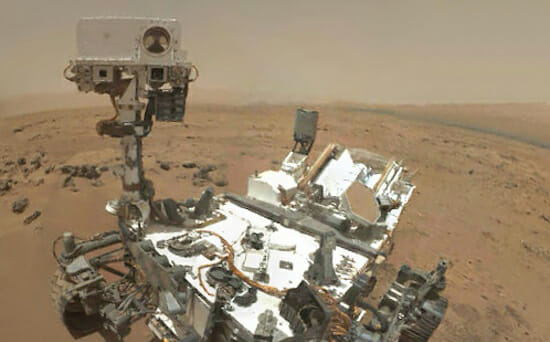
NASA’s Curiosity rover has concluded that radiation levels on the red planet are safe for humans.
“The astronauts can live in this environment,” said Don Hassler, principal investigator on Curiosity’s Radiation Assessment Detector instrument (RAD). He went on to explain that “the Mars atmosphere is acting as a shield for the radiation on the surface and as the atmosphere gets thicker, that provides more of a shield and therefore we see a dip in our radiation dose.”
When Curiosity’s landed on Mars back in August, the rover’s RAD device measured radiation that’s comparable to what astronauts experience aboard the International Space Station. RAD found that as the Martian atmosphere thickens and thins daily, radiation levels rise and fall by 3 to 5 percent. No big whoop.
Of course, this isn’t to say that humans could survive in Mars’ atmosphere, only that the planet’s radiation wouldn’t kill them if they hung out on the surface in their fancy suits.
Don't Fall Behind!
Get the latest work-from-home and Humans First® IT tips straight to your inbox.